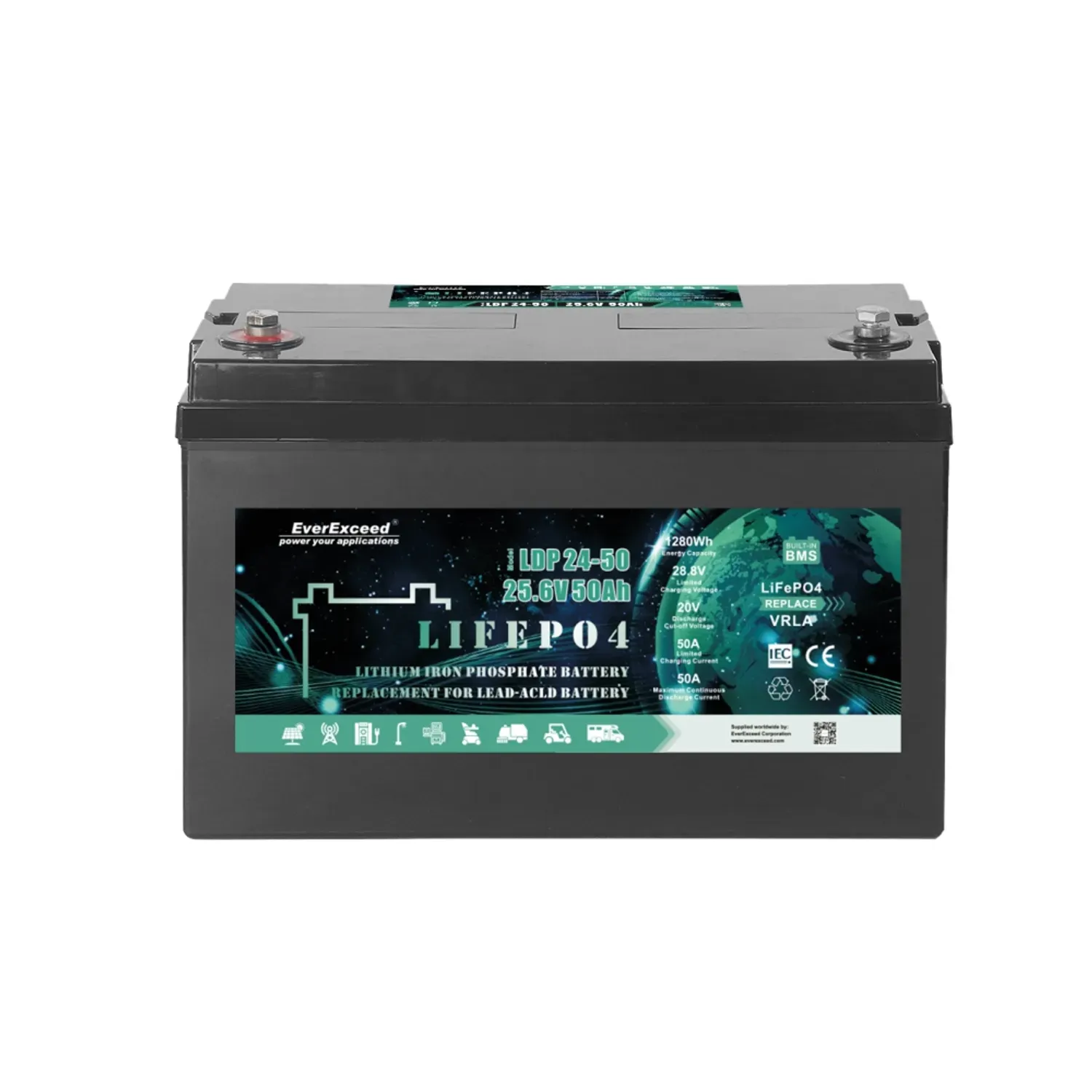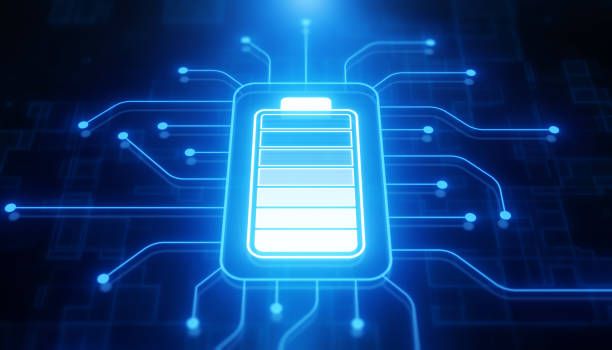
Get a Quote
What is the Difference Between Low Voltage and High-Voltage Lithium Batteries?
In the rapidly evolving world of battery technology, understanding the nuances between different types of lithium batteries is crucial. Two common variants are low voltage and high-voltage lithium batteries. This article delves into the fundamental differences between these two types, highlighting their unique characteristics, applications, and advantages. Let's explore "the difference between low voltage and high-voltage lithium batteries" in detail.
Understanding Lithium Batteries
Lithium batteries have become a cornerstone of modern energy storage solutions due to their high energy density, long life cycles, and lightweight nature. They are commonly used in a variety of applications, ranging from consumer electronics to electric vehicles and renewable energy storage systems. The two main categories of lithium batteries based on voltage are low voltage and high-voltage lithium batteries.

What is the Difference Between Low Voltage and High-Voltage Lithium Batteries?
Voltage Levels
The primary distinction between low voltage and high-voltage lithium batteries lies in their voltage levels. Low voltage lithium batteries typically operate at 12V, 24V, or 48V. These batteries are commonly used in applications that require moderate power output and are ideal for smaller scale energy storage systems, backup power supplies, and personal electronics.
In contrast, high-voltage lithium batteries operate at voltages above 100V, with some systems reaching up to 800V or higher. These batteries are designed for applications that demand higher power output and efficiency, such as electric vehicles, industrial machinery, and large-scale energy storage systems.
Energy Density and Efficiency
When comparing the energy density of low voltage versus high-voltage lithium batteries, high-voltage batteries generally offer higher energy density. This means that for the same physical size, a high-voltage battery can store more energy than its low voltage counterpart. This increased energy density translates to better efficiency and longer operational periods without the need for frequent recharging.
Applications and Use Cases
Low Voltage Lithium Batteries:
- Portable Electronics: Low voltage lithium batteries are widely used in smartphones, tablets, laptops, and other portable electronic devices due to their compact size and sufficient power output.
- Backup Power Systems: Many uninterruptible power supply (UPS) systems and backup power solutions for homes and small businesses utilize low voltage lithium batteries to ensure continuous power during outages.
- Recreational Vehicles: Low voltage lithium batteries are commonly found in RVs, boats, and other recreational vehicles, providing a reliable power source for lighting, appliances, and onboard systems.
High-Voltage Lithium Batteries:
- Electric Vehicles: High-voltage lithium batteries are the powerhouse behind electric cars, providing the necessary energy to drive motors and achieve longer ranges on a single charge.
- Industrial Applications: In industrial settings, high-voltage lithium batteries are used in machinery and equipment that require substantial power, such as forklifts and heavy-duty robots.
- Renewable Energy Storage: High-voltage lithium batteries play a pivotal role in storing energy generated from renewable sources like solar and wind, facilitating efficient grid integration and energy management.
Performance and Longevity of Low Voltage vs. High-Voltage Lithium Batteries
Charging and Discharging Rates
Another significant difference between low voltage and high-voltage lithium batteries is their charging and discharging rates. High-voltage lithium batteries typically have faster charging capabilities, reducing downtime and increasing the overall efficiency of the system. This feature is particularly beneficial in applications where quick turnaround times are essential, such as electric vehicle charging stations.
Low voltage lithium batteries, while slower to charge, often have more stable and predictable discharge rates, making them suitable for applications where a steady power supply is crucial.
Cycle Life and Maintenance
Cycle life, or the number of charge-discharge cycles a battery can undergo before its capacity significantly degrades, is a critical factor in battery performance. High-voltage lithium batteries generally exhibit longer cycle lives compared to low voltage variants. This longevity translates to lower maintenance costs and fewer replacements over time, offering a more cost-effective solution for high-demand applications.
Safety Considerations
Thermal Management
Both low voltage and high-voltage lithium batteries require effective thermal management to ensure safe and optimal operation. However, high-voltage lithium batteries often necessitate more sophisticated cooling systems due to their higher energy density and power output. Proper thermal management prevents overheating, mitigates the risk of thermal runaway, and enhances the overall safety of the battery system.
Risk of Electrical Hazards
High-voltage lithium batteries inherently pose a greater risk of electrical hazards compared to low voltage batteries. The higher the voltage, the greater the potential for dangerous electric shocks and short circuits. Therefore, high-voltage systems demand rigorous safety protocols, including robust insulation, circuit protection, and comprehensive safety testing.
Cost Implications of Choosing Low Voltage vs. High-Voltage Lithium Batteries
Initial Investment
The initial cost of high-voltage lithium batteries is generally higher than that of low voltage batteries. This is due to the advanced technology, higher energy density, and additional safety features required for high-voltage systems. However, the long-term benefits, including better efficiency, longer cycle life, and lower maintenance costs, often justify the higher initial investment.
Total Cost of Ownership
When evaluating the total cost of ownership, it is essential to consider not just the purchase price but also the operating and maintenance costs over the battery's lifespan. High-voltage lithium batteries, with their extended cycle life and higher efficiency, often prove to be more economical in the long run despite their higher upfront cost.
Conclusion
In summary, understanding "the difference between low voltage and high-voltage lithium batteries" is crucial for selecting the optimal energy storage solution for your specific needs. Low voltage lithium batteries are ideal for applications requiring moderate power output, portability, and cost-effectiveness. In contrast, high-voltage lithium batteries excel in scenarios demanding high power, efficiency, and longevity, such as electric vehicles and industrial applications.
By carefully considering the specific requirements of your application and the unique characteristics of each battery type, you can make an informed decision that maximizes performance, safety, and cost-efficiency. Both low voltage and high-voltage lithium batteries offer substantial benefits that cater to a wide range of energy storage needs.
When it comes to choosing a reliable and innovative energy storage solution provider, EverExceed stands out as a leader in the industry. Whether you need low voltage batteries for portable electronics or high-voltage solutions for large-scale industrial applications, EverExceed has the expertise and products to support your energy needs. Choose EverExceed for your next energy storage project and experience the difference that world-class technology and unparalleled customer support can make.

